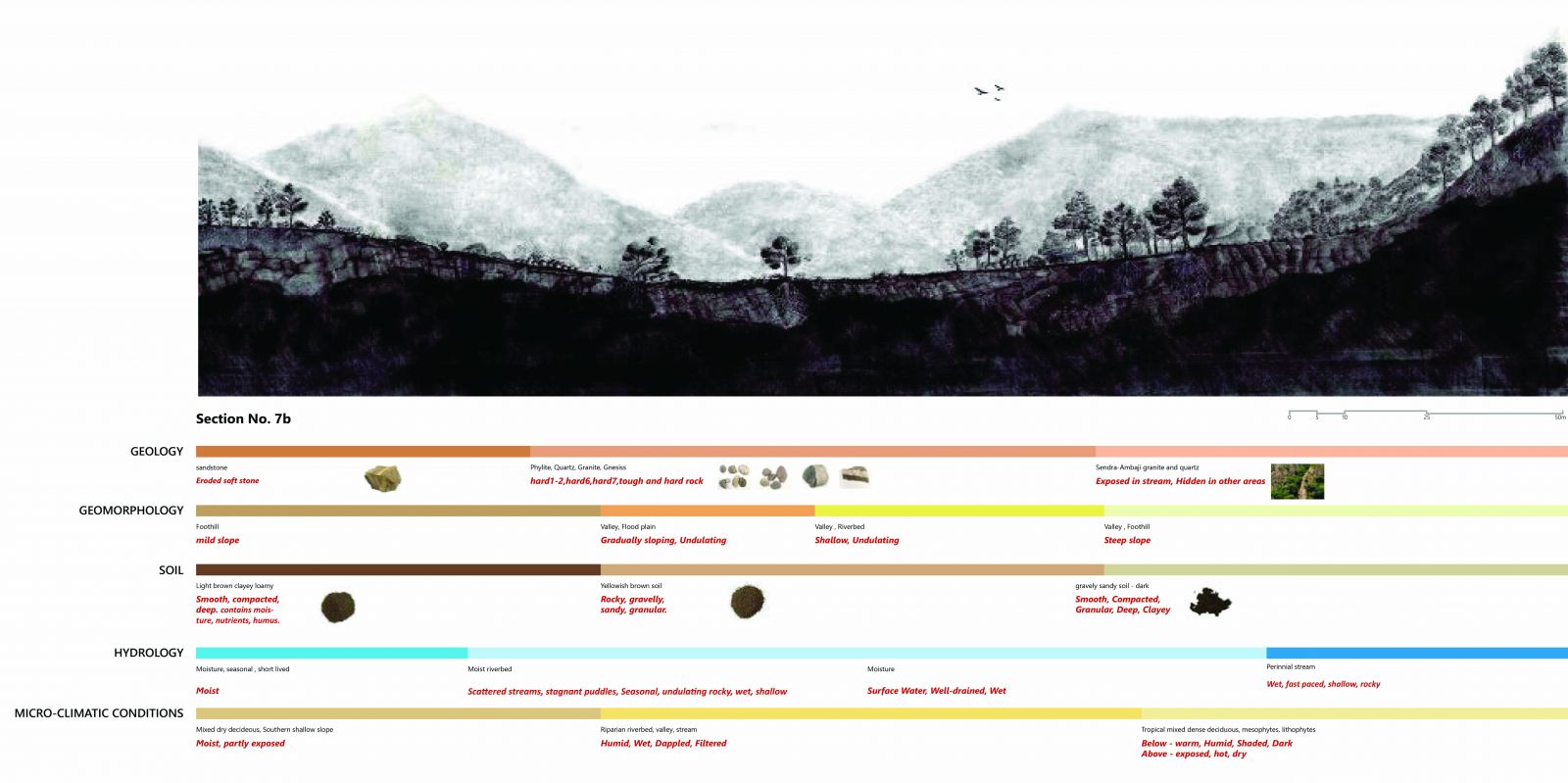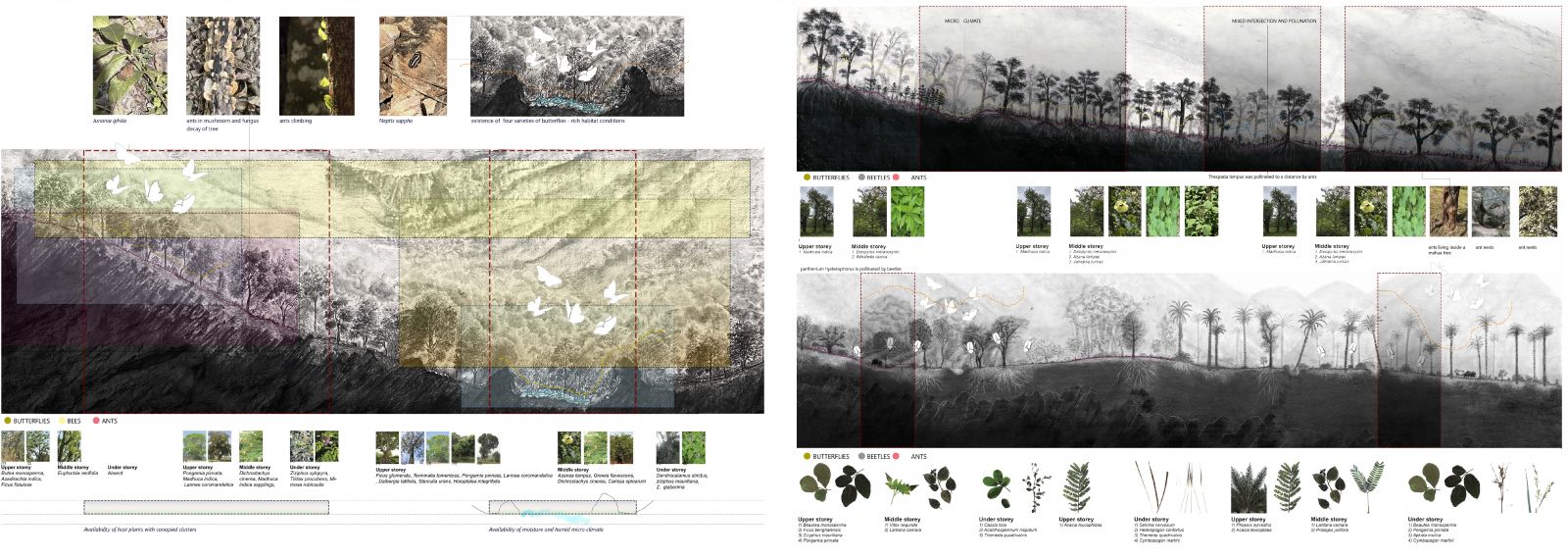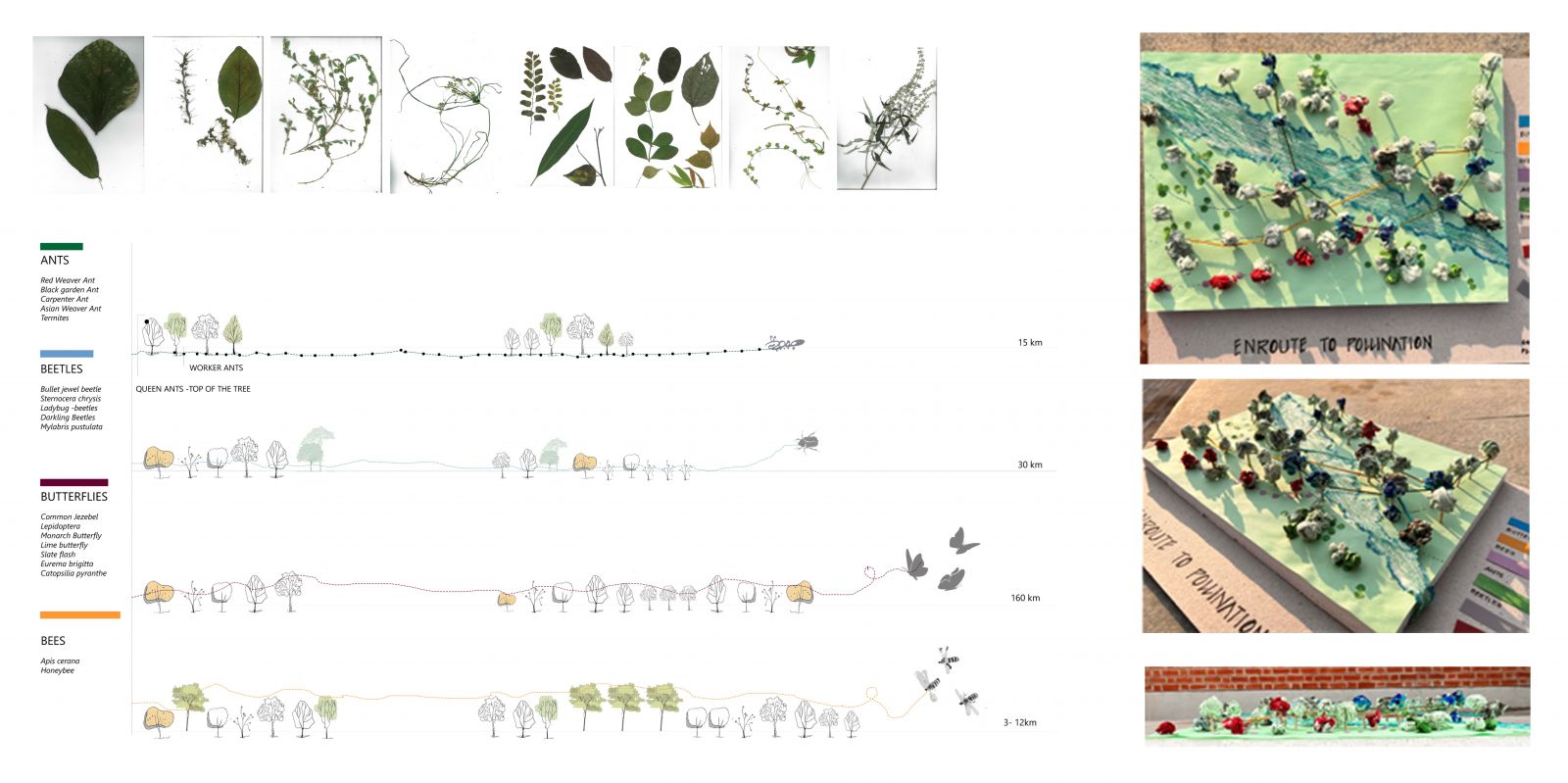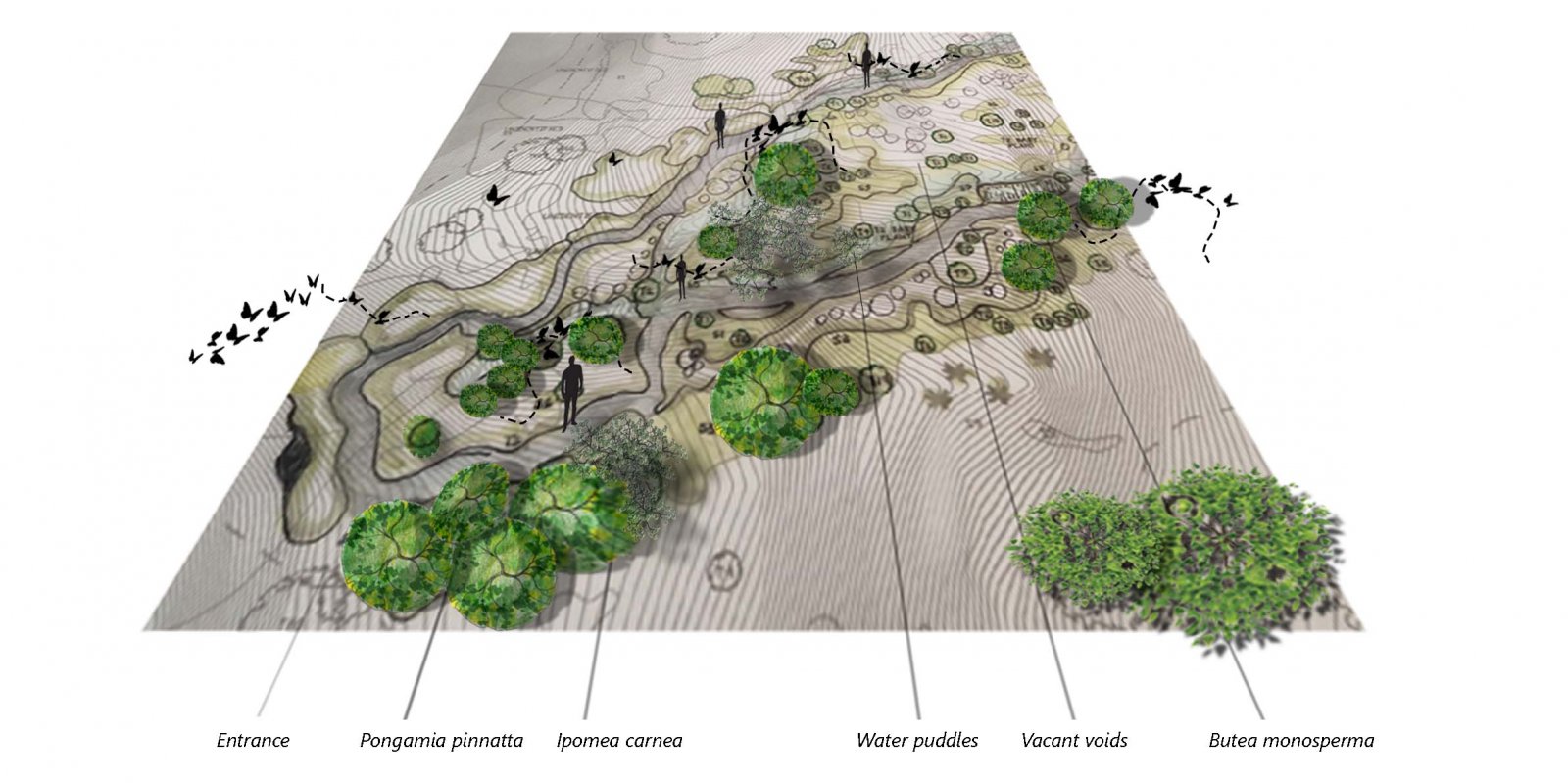- Student ANJU SANTHOSH
- Code PLA23043
- Faculty Architecture
- Tutor/s Nikhil Dhar,Priyal Shah,Rushika Khanna,Prasanna Mattikop
The way typologies of forests are defined is based on the variations in insectivorous species in that particular area. Examining insects through an ecosystem lens reveals their vital role in the functioning and health of ecosystems. Insects are incredibly diverse and abundant, with estimates suggesting there are millions of insect species, most of which are still undiscovered. Human activities are modifying our environments at an unprecedented rate and scale, leading to not only a loss of biodiversity but also a loss of ecosystem functionality. Arguably, one of the most pervasive of these destructive forces can be seen in the rise of biological invasions and the spread of non-native invasive ant species. Despite the clear potential of the detrimental ecological and economic pressures posed by these insects, we still lack a comprehensive understanding of their impacts on ecosystem services. One such insect-pollinated symbiosis is termed entomophily.









